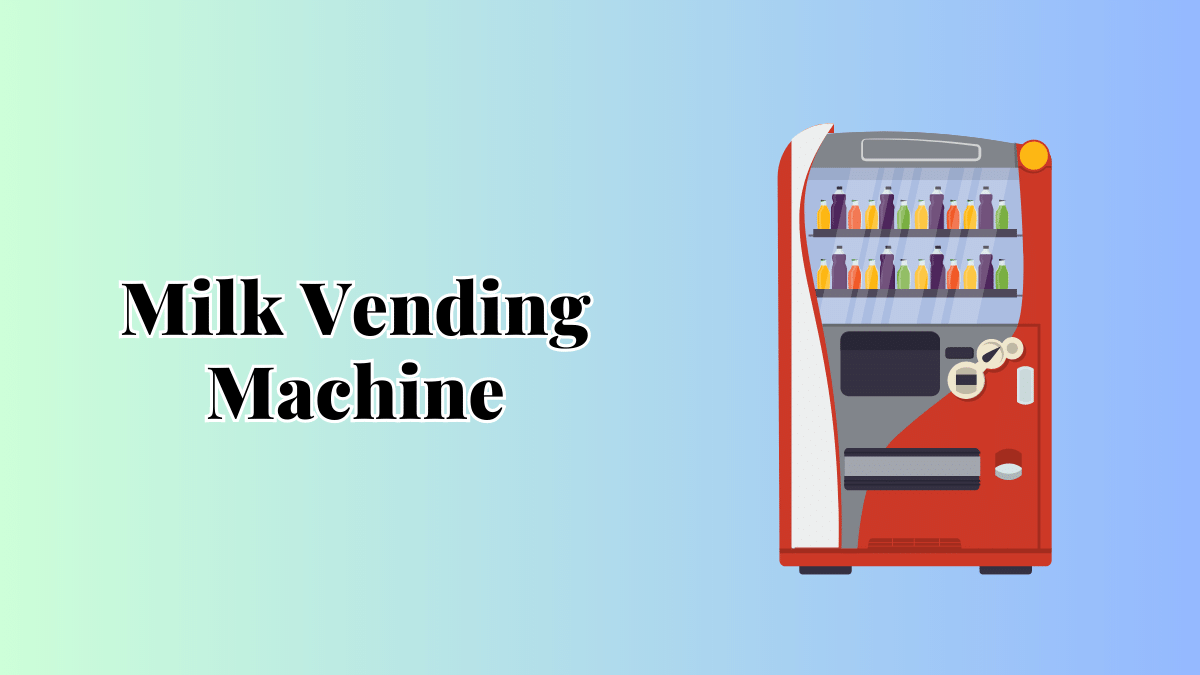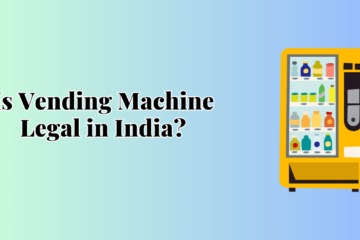In recent years, the dairy industry has witnessed a remarkable transformation with the introduction of milk vending machines. These automated systems have revolutionized the way consumers access fresh milk, offering a convenient and innovative alternative to traditional milk purchasing methods. In this article, we will explore the concept of milk vending machines, their benefits, their impact on the dairy sector, and how they have gained popularity among consumers worldwide.
1. The Rise of Milk Vending Machines
1.1 The Concept and Functionality
Milk vending machines are self-service kiosks that allow customers to purchase fresh milk directly from the source. Farmers or dairy producers install these machines on their premises, providing consumers with easy access to high-quality, unpasteurized milk. The machines are equipped with cooling systems to maintain the milk’s freshness and are available for use 24/7, offering ultimate convenience to customers.
1.2 The Appeal to Health-Conscious Consumers
With growing health concerns and a preference for organic and unprocessed products, milk vending machines have found a dedicated consumer base. The assurance of obtaining farm-fresh milk, free from preservatives and additives, has attracted health-conscious individuals seeking a healthier alternative to store-bought milk.
2. Advantages of Milk Vending Machines
2.1 Farm-to-Table Experience
Milk vending machines bridge the gap between farmers and consumers, creating a direct farm-to-table experience. Customers can witness the milk’s journey, from the cow to the bottle, instilling a sense of trust and transparency in the product they purchase.
2.2 Reduced Environmental Impact
As milk vending machines operate at the source, the need for large-scale transportation and excessive packaging is diminished. This reduction in transportation and packaging significantly lowers the carbon footprint associated with milk distribution, making it an environmentally friendly option.
2.3 Cost-Effectiveness and Affordability
For consumers, milk vending machines offer a cost-effective solution. By eliminating middlemen and retailers, the milk is available at a more reasonable price while ensuring farmers receive fair compensation for their produce.
3. The Impact on Dairy Farmers
3.1 Diversification of Income
For dairy farmers, milk vending machines present an opportunity to diversify their income streams. With the potential to sell directly to consumers, farmers can reduce their reliance on fluctuating wholesale prices, stabilizing their income.
3.2 Strengthening Customer Relations
Engaging directly with customers through vending machines enables farmers to establish a stronger connection with their community. Personal interactions build customer loyalty and trust, leading to repeat business and word-of-mouth referrals.
4. Global Adoption and Popularity
4.1 Spread across Europe and Beyond
The success of milk vending machine began in Europe and has rapidly spread to other parts of the world. Countries like Germany, Austria, and Switzerland have witnessed significant adoption rates, with many other regions exploring this innovative dairy retail model.
4.2 Integration of Technology
Advancements in technology have further contributed to the popularity of milk vending machine. Mobile apps and online platforms now allow consumers to check milk availability, pre-order, and even make contactless payments.
5. Embracing the Future: Challenges and Opportunities
5.1 Regulatory Hurdles
As with any emerging technology, milk vending machine face regulatory challenges in different regions. Ensuring compliance with food safety standards and navigating legal frameworks can be a hurdle for farmers and vending machine manufacturers.
5.2 Encouraging Consumer Awareness
Educating consumers about the benefits and safety of purchasing milk from vending machine is essential. Increasing awareness can help overcome any apprehensions and create a more receptive market for this modern dairy shopping experience.
Conclusion
Milk vending machine have emerged as a game-changer in the dairy industry, offering consumers fresh and unprocessed milk while empowering farmers to have more control over their businesses. The combination of convenience, health benefits, and environmental sustainability has fueled the popularity of these machines across the globe.




